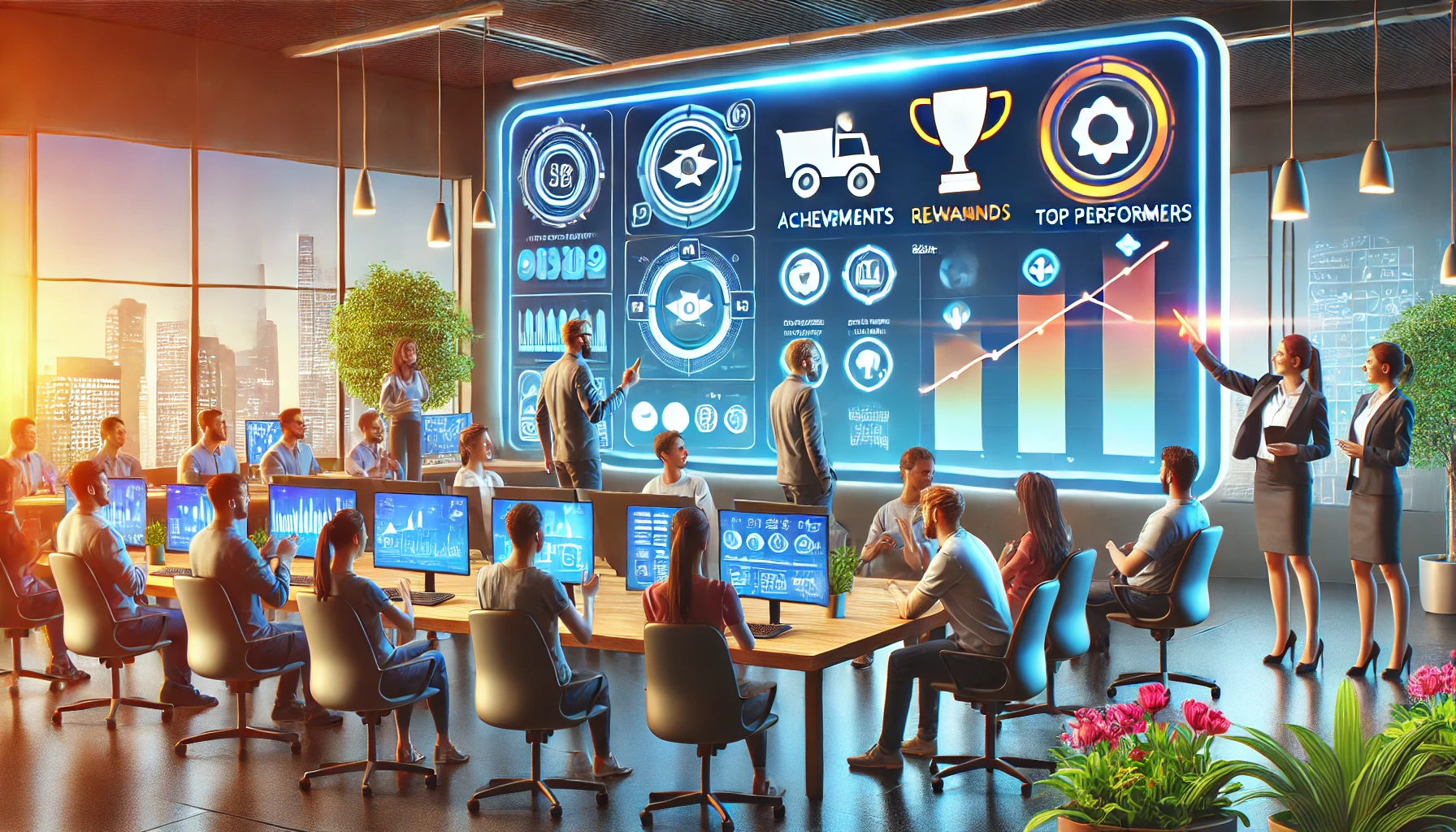Blogs
-

The Role of Rewards & Recognition in Gamified Employee Training
In today’s workplace, employee training is evolving. Traditional training methods often struggle to keep employees engaged, but gamification is changing the game. Gamified training uses elements like points, badges, and leaderboards to make learning more fun and interactive. A key part of this approach is rewards and recognition, which play a significant role in motivating employees. Let’s dive into why these elements are so important.
Why Gamification Works
Gamification taps into basic human psychology. People love to achieve goals, win rewards, and be recognized for their efforts. When training feels like a game, it becomes more engaging. Employees are more likely to participate actively, retain information, and complete training sessions when there’s an element of competition or a clear path to rewards.
The Role of Rewards
Rewards in gamified training can take many forms, such as:
- Points: Employees earn points for completing tasks, answering questions, or reaching milestones.
- Badges: These are digital symbols of achievement, such as a badge for completing a course or mastering a skill.
- Tangible Rewards: This could include gift cards, extra time off, or company merchandise.
Rewards make employees feel valued. When they see immediate benefits for their efforts, they’re motivated to keep going. This boosts participation and ensures that training goals are met.
The Role of Recognition
Recognition goes hand-in-hand with rewards. It’s about celebrating accomplishments and showing appreciation for employees’ hard work. Examples include:
- Public Acknowledgment: Highlighting top performers on a company leaderboard or during team meetings.
- Certificates: Awarding certificates for course completion or skill mastery.
- Shout-Outs: Simple verbal or written praise for a job well done.
Recognition makes employees feel appreciated and respected. It fosters a positive work environment and builds confidence.
Benefits of Rewards & Recognition in Gamified Training
- Increased Engagement: Employees are more likely to participate actively when they know their efforts will be rewarded.
- Better Retention: Gamified training with rewards helps employees remember what they’ve learned.
- Higher Productivity: Motivated employees complete training faster and apply their skills more effectively.
- Team Bonding: Friendly competition and group recognition strengthen team connections.
Best Practices for Using Rewards & Recognition
- Keep It Fair: Ensure that rewards and recognition are based on merit, not favoritism.
- Make It Relevant: Align rewards with employees’ preferences and needs. For example, tech gadgets might appeal to one team, while extra vacation days might resonate with another.
- Balance Competition: While leaderboards are great, ensure that competition doesn’t become discouraging for lower performers.
- Celebrate Small Wins: Recognize progress, not just big achievements. This keeps employees motivated throughout their learning journey.
Conclusion
Rewards and recognition are powerful tools in gamified employee training. They not only make learning more enjoyable but also drive better results. When employees feel rewarded and appreciated, they’re more likely to engage, learn, and grow. By incorporating these elements thoughtfully, companies can create a win-win situation: effective training and a happier, more motivated workforce.